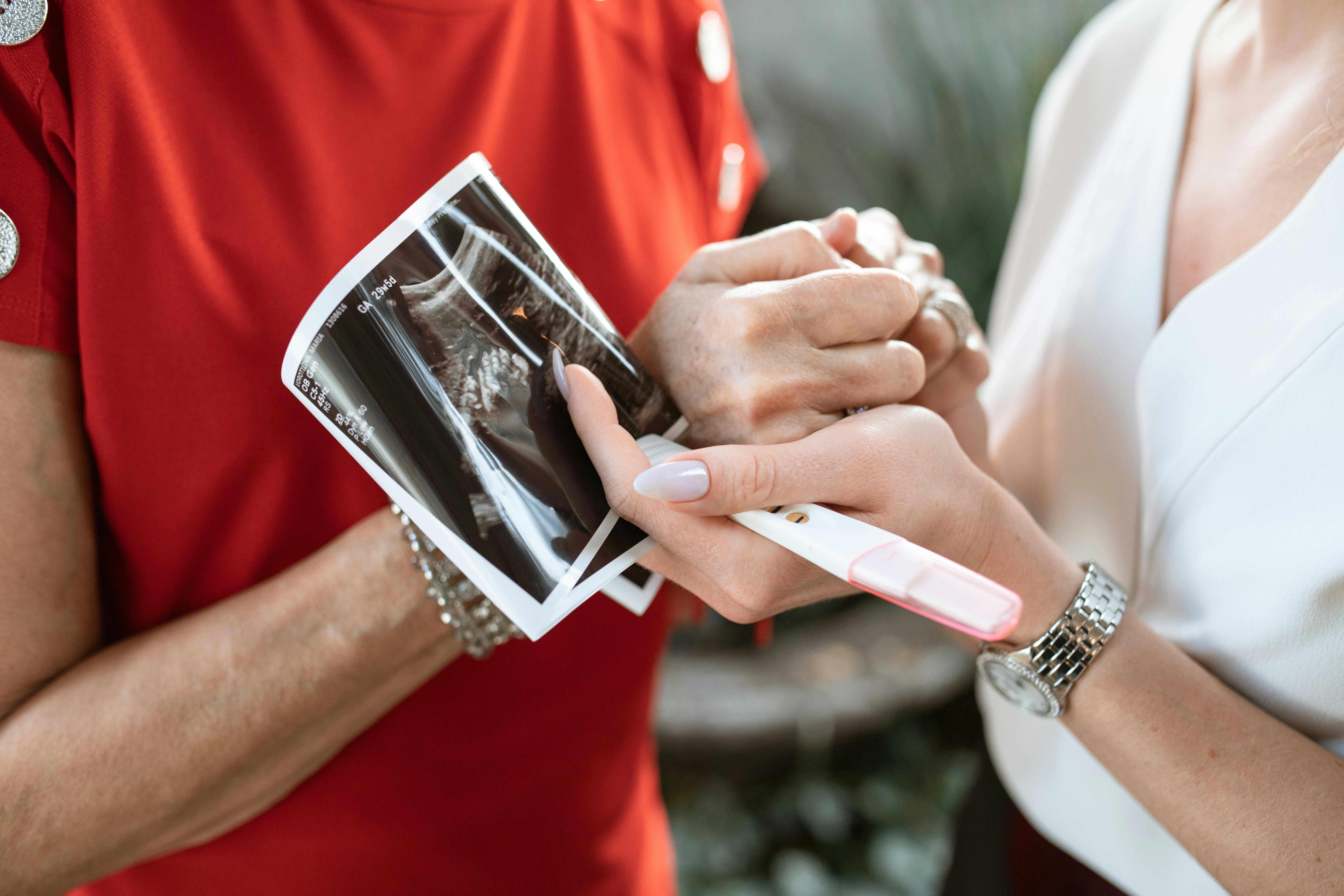The honest answer is that it depends. Some people conceive after the first embryo transfer, others need more than one transfer, and some need another egg retrieval to create additional embryos. The goal is to set expectations early so you can plan your time, budget, and energy without guesswork.
What counts as a “round”
People use the word round in two ways. A retrieval cycle is the period when medications stimulate the ovaries, eggs are collected, and embryos are created. A transfer is when an embryo is placed into the uterus. One retrieval can result in several embryos and therefore several transfer attempts. When you ask how many rounds you will need, it helps to clarify whether you mean retrievals, transfers, or both.
Why the number varies
Age and ovarian reserve. Shape egg quantity and quality.
Sperm quality. Affects fertilization and embryo development.
Diagnosis and uterine factors. Polyps, fibroids, or scarring can change implantation odds until treated.
Protocol choice and dosing. Influence how many mature eggs are retrieved.
Embryo quality and testing. Affect the chance that each transfer leads to an ongoing pregnancy.
This is why clinics build a plan rather than promising one perfect cycle for everyone.
A practical way to plan with your clinic
Instead of guessing, work backward from a goal. Your team can estimate how many mature eggs you are likely to retrieve, how many may fertilize, how many may reach the blastocyst stage, and how many are likely to be suitable for transfer. If you are using embryo testing, they will help you understand how that changes the plan. This framework helps you decide whether to bank embryos now, how many transfers to budget for, and when it makes sense to schedule another retrieval.
Online calculators can help set expectations. Some widely used are:
Spring Fertility Egg Calculator
They provide ballpark ranges based on age and ovarian reserve. Treat these as starting points, not promises. Your fertility timeline and outcome are unique and should be tailored to your labs, ultrasound findings, and how you respond to treatment.
Typical patterns you might hear
Many people achieve a pregnancy within one to three transfers, but it is also common to plan for more than one attempt. Older ages and certain diagnoses may require another retrieval to create enough embryos. Planning for the possibility of more than one transfer gives you room to continue without losing momentum if the first try does not work.
How to reduce the number of rounds you may need
Address uterine factors such as polyps or certain fibroids before transfer if advised.
Optimize sperm health with lifestyle basics and, when indicated, medical evaluation.
Keep whole health steady with sleep, movement, and nutrition that you can maintain.
Discuss thyroid function, vitamin D, and insulin resistance with your clinician if you have symptoms or risk factors.
Decide with your team about embryo testing if it could reduce time to a successful transfer in your situation.
Follow medication timing closely and keep communication open during monitoring so your protocol can be adjusted in real time.
Where Strawberry fits
Before you choose how fast to move or how many attempts to plan, it helps to understand your starting point. A focused hormone baseline makes consults more efficient and sets realistic expectations for response to medication and embryo numbers. Day 3 testing is especially easy with Strawberry since you collect at home, without last minute lab visits while you are tired and menstruating. If you are considering IVF or preservation, your clinic may also recommend an antral follicle count ultrasound to help plan dosing and expected egg yield.
Choose the panel that fits your goal
Ovarian Reserve Blood Test (AMH) for a quick read on egg quantity that informs planning and embryo banking conversations.
Fertility Blood Test (AMH, FSH, estradiol) for early cycle context when deciding how many transfers to plan and whether to schedule another retrieval.
Women’s Health Panel for a broader hormone view when you want fertility insight alongside day to day energy, sleep, mood, training, and symptoms.
Bottom line
There is no single number that fits everyone, but there is a plan that fits you. Most clinics will map out a small set of attempts rather than banking everything on one try. If you anchor that plan in your own data and keep a little room for an extra step, you can move forward with clearer expectations and less stress. If you want a simple first step, start with an at-home panel and your Personalized Fertility Timeline, then use that clarity to shape a timeline with your clinic.


.svg)



